 |
| View from grounds of Abbots Leigh |
The timing of the events at Abbots Leigh is a little unclear.
It may have been on Monday, September 15 rather than Sunday when Ellen Norton miscarried her baby and an excuse had to be found for Jane to leave.
In any event, the morning after that, Charles set out for Trent, accompanied by Jane Lane and Henry Lascelles.
They planned to spend the night at the home of Edward Kyrton, steward to William Seymour, the Marquess of Hertford. The Marquess had had been a privy counselor to Charles I and was one of four peers who remained with the king through his trial and acted as pallbearers at his funeral. He had also commanded troops at several important actions during the war and been governor to young Charles, then Prince of Wales. In that capacity, he had d
eclined to agree to Parliament's order to ensure that Charles "bee not carried out of the kingdome," and as of 1651 he had been ordered to remain at one of his houses in Wiltshire, and his eldest son Lord Beauchamp was imprisoned in the Tower from April to September 1651. His steward was likely to provide a safe haven for the fugitive king.
 |
| Castle Cary, October 2009 |
 |
| The George, Castle Cary |
Kyrton lived at Castle Cary, a village about thirty miles south of Abbots Leigh. When Alice and I were following in Charles and Jane’s footsteps in the autumn of 2009 and trying to discover where Kyrton’s home had been, we followed what had served us so far in looking for locations – we went into the pub in Castle Cary to ask.
The patrons of the George directed us to Ansford, an adjoining village, saying that the house was covered with bushes or ivy.
We found what we think was the house, called Laydocks.
It is on a hill with sweeping views, and Glastonbury Tor is visible in the distance, prompting me to have Charles comment upon it in my book.
 |
Road in Ansford where Kyrton's house is
|
 |
The house where Charles stayed at Ansford - I think!
|
 |
View from house at Ansford
Glastonbury Tor in the disance somewhere |
 |
| Sign at Laydocks, the house supposedly belonging to Edward Kyrton |
Wilmot had stopped at Castle Cary on his way to Trent to let Kyrton know that three people needing quiet accommodation would be arriving later that day.
Kyrton certain would have known Charles, so it’s likely Wilmot acknowledged that it was the king who would be staying in the house.
On the other hand, Wilmot’s ideas about when to be secretive were a little odd.
As Charles was riding with Jane and Henry Lascelles to Castle Cary, Wilmot was making his way to Trent.
When he got to the home of Francis Wyndham, he sent in Henry Rogers, the man accompanying him who was servant to the sister of Anne Wyndham, Francis’s wife.
 |
| Outbuilding at Trent Manor, October 31, 2009 |
According to Mrs. Wyndham’s account, Rogers told Wyndham “that a gentleman, a friend of his, desired the favour of him that he would please to step forth and speak with him.
The Colonel enquired of Rogers whether he knew the gentleman or his business.
[Rogers] answered no; he understood nothing at all, but only that he was called by the name of Mr. Morton.
 |
| Trent Manor, October 31, 2009 |
Then, without further discourse, the Colonel came forth, and found the gentleman walking near the stable, whom, as soon as he approached (although it was somewhat dark) he saluted by the title of Lord Wilmot.
 |
| Brick outbuilding at Trent Manor |
His Lordship seemed to wonder that he should be known; but it was nothing strange, considering the Colonel’s former acquaintance with him, being one of the first that engaged under his command in his late majesty’s service; besides, his Lordship was not in the least altered, except a hawk on his fist, and a lure by his side, might pass for a disguise.
This confidence of his Lordship really begat admiration in the Colonel, calling to mind the great danger he was in, and whose harbinger he was; for he advertised the Colonel that the King himself was on his way to Trent, intending that very night to lodge at Castle Cary … hoping by God’s assistance to be with him about ten of the clock next morning.”
 |
| Old outbuilding at Trent Manor |
 |
| Yard at rear of Trent Manor |
Showing how slowly and inaccurately news traveled, Wyndham had heard that Charles had been killed at Worcester, so “At this joyful news the Colonel was transported … and giving God thanks for his wonderful mercy, he assured his Lordship, That for his Majesties preservation he would value neither his life, his family, nor fortune, and would never injure his Majesties confidence of him; Not doubting, but that God who had led his Majesty through the midst of such inexpressable dangers, would deliver him from all these barbarous threats, and bloody inventions of his enemies.
With these & suchlike expressions, the Colonel brought the Lord Wilmot into his parlour, where he received an exact account of his Majesties condition & present affairs.”
 |
| Hall and stairs of Trent Manor today |
Wyndham had a large household – twenty-six people, which probably included quite a lot of servants – and the fewer of them who would be around for the king’s arrival the better.
The only people let into the secret were his wife, his mother Lady Wyndham, her visiting niece Juliana Coningsby, two maids named Eleanor Withers and Joan Halsenoth, and a serving man named Henry Peters.
Wyndham made plans to get everyone else out of the way the next morning, planning to lodge the king in his mother’s rooms, “where the servants might wait with most freedom upon his Majesty” and where “a safe place is provided to retreat unto, in case of search, or imminent danger.”
Charles had found another house with a priest hole.
 |
| Trent Manor |















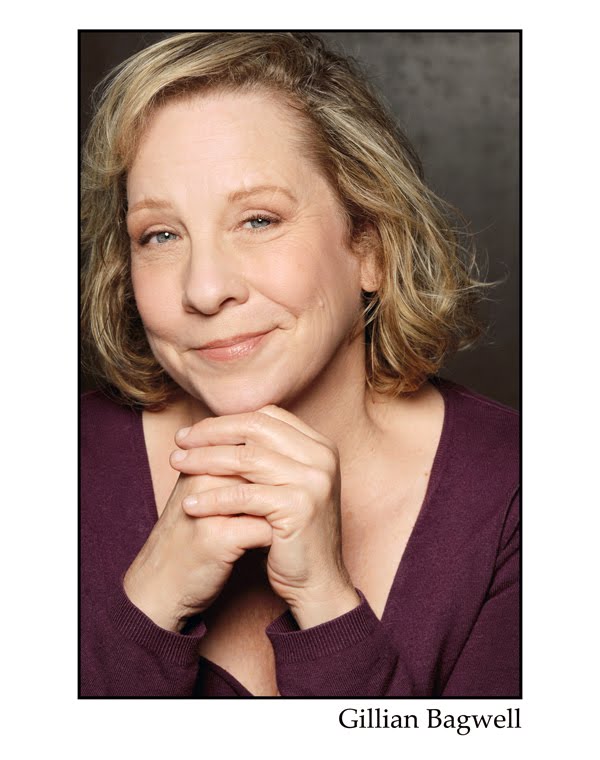

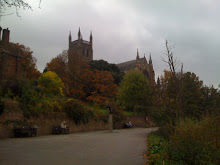
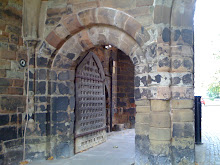



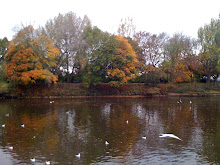
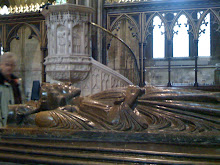
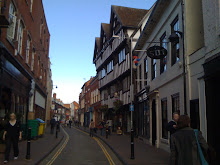


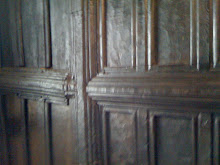






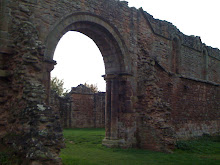




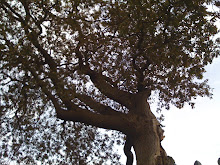





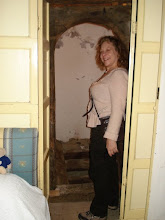
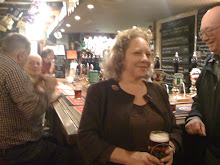
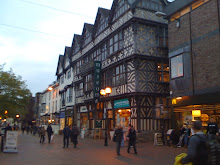
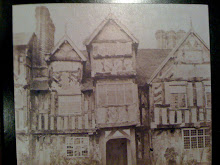


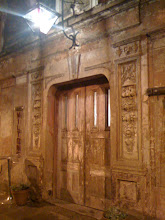
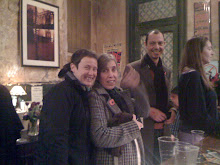


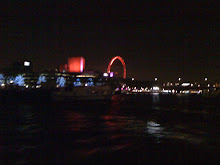


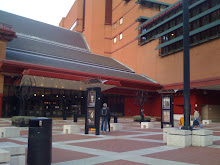








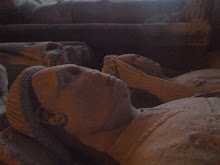
From this article,
ReplyDeletehttp://www.thevisitormagazine.co.uk/charles-ii-slept-here/
it seems Charles either stopped at the Manor House in Castle Cary or The Old House, near Laydocks - but not Laydocks itself.